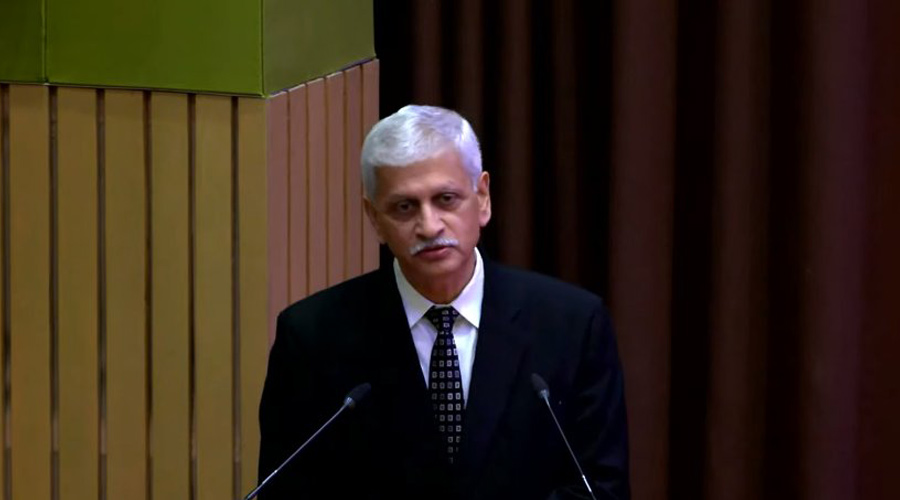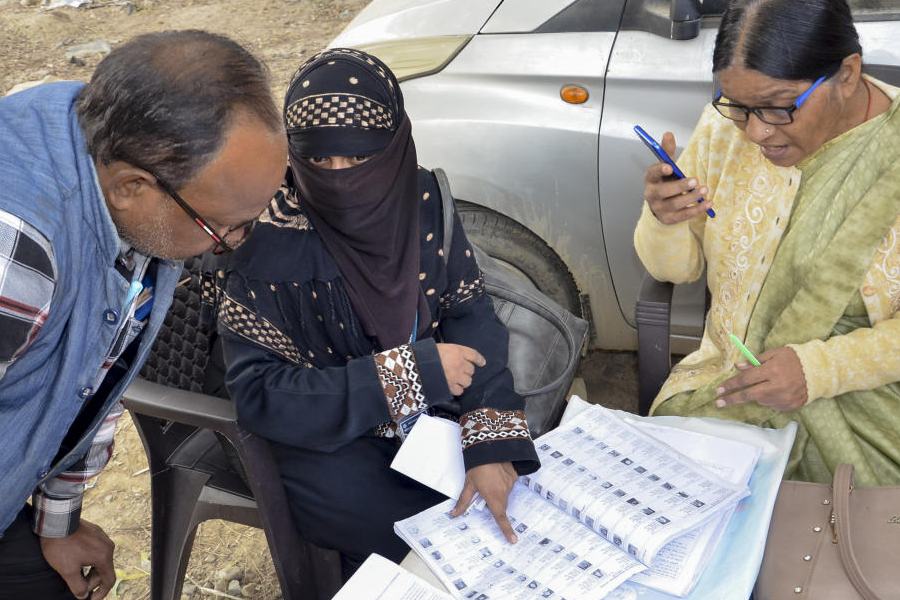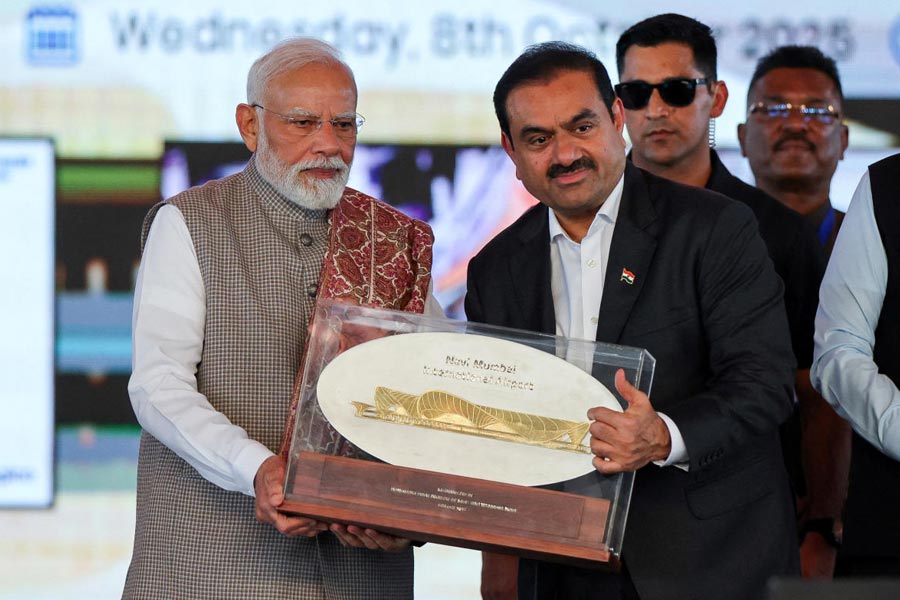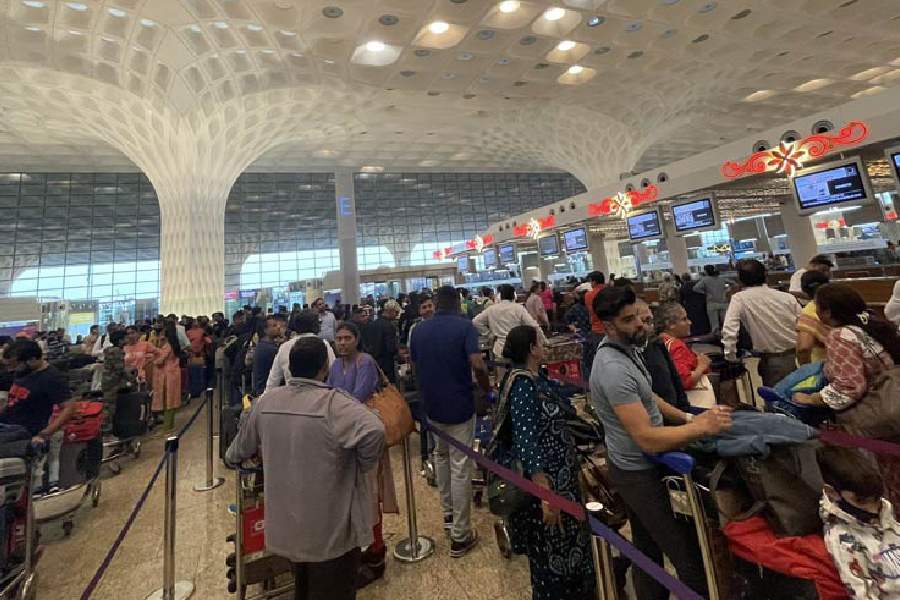Time is short. That is reflected in the briskness with which the new Chief Justice of India, anointed for a little over two months, is approaching his tasks. By taking up, at the beginning of his tenure, the bail petitions of the journalist, Siddique Kappan, the activist, Teesta Setalvad, and the application of the activist, Gautam Navlakha, that he be detained in his house instead of in Taloja Jail, the CJI, U.U. Lalit, seemed to have underlined the importance of civil liberties. These cases gave a sense of continuity with the declared concerns of the former CJI, N.V. Ramana, who insisted that bail was the rule and jail the exception. This signal from the Supreme Court could reassure those unnerved by the various forms of infringement on civil liberties. Rights were also the theme of the petition from Karnataka regarding the wearing of the hijab to class. That, too, was included in the CJI’s first batch of cases.
The maintenance of civil liberties implies a meaningful justice system. Smoothing the functioning of the court with priority afforded to urgent cases helps in the efficient delivery of justice. The CJI has therefore promised transparency in the listing of cases. Lawyers jostling before the CJI’s bench to have their cases listed slows down work too. A new system, by which lawyers would present their cases for listing before the bench concerned, would speed up each day’s business: this is something that the CJI hopes to accomplish. Thus the CJI homed in on two features that need improvement for the quick movement of cases. Besides, he set an example by beginning with bail petitions and a rights contention, all of which signified a continuation of outstanding cases brought during his predecessor’s tenure. The CJI ensured faster movement of regular hearings by reversing the times of regular cases and miscellaneous ones during the day: regular cases will now be heard during the first half so that they are not dropped when miscellaneous hearings exceed their allotted time. Faster movement of cases would help with pendency, although the pile of cases is now enormous. But by deciding on the presence of at least one Constitution Bench in the Supreme Court throughout the year, the CJI seemed to be ensuring that cases requiring such a bench are not held up by its lack.










